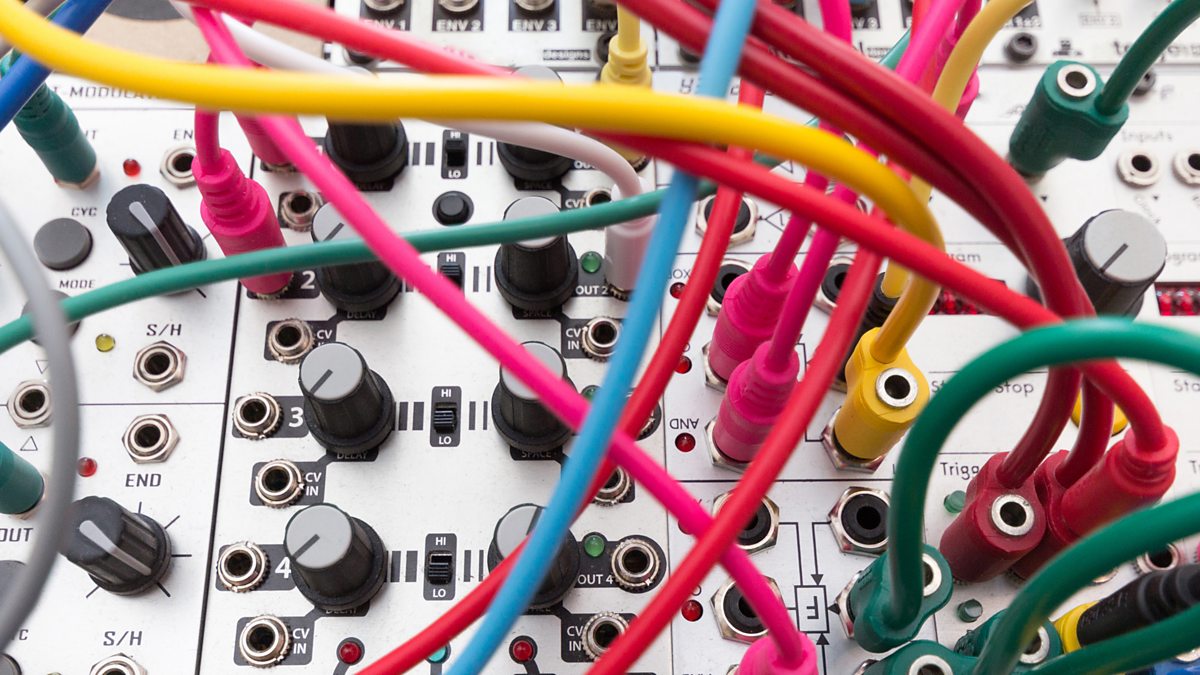Originally posted by Richard Barrett
View Post
 How might one better perceive this multichannel presentation when listening from a hifi? Through headphones? Sorry if that's a daft question.
How might one better perceive this multichannel presentation when listening from a hifi? Through headphones? Sorry if that's a daft question.Thanks for bringing this thread back BTW. I realised in December what with this, Bruckner and then since then more jazz I have been catching up with multiple strands of recommendations and listening projects... today I'll listen to something suggested in this thread.















Comment